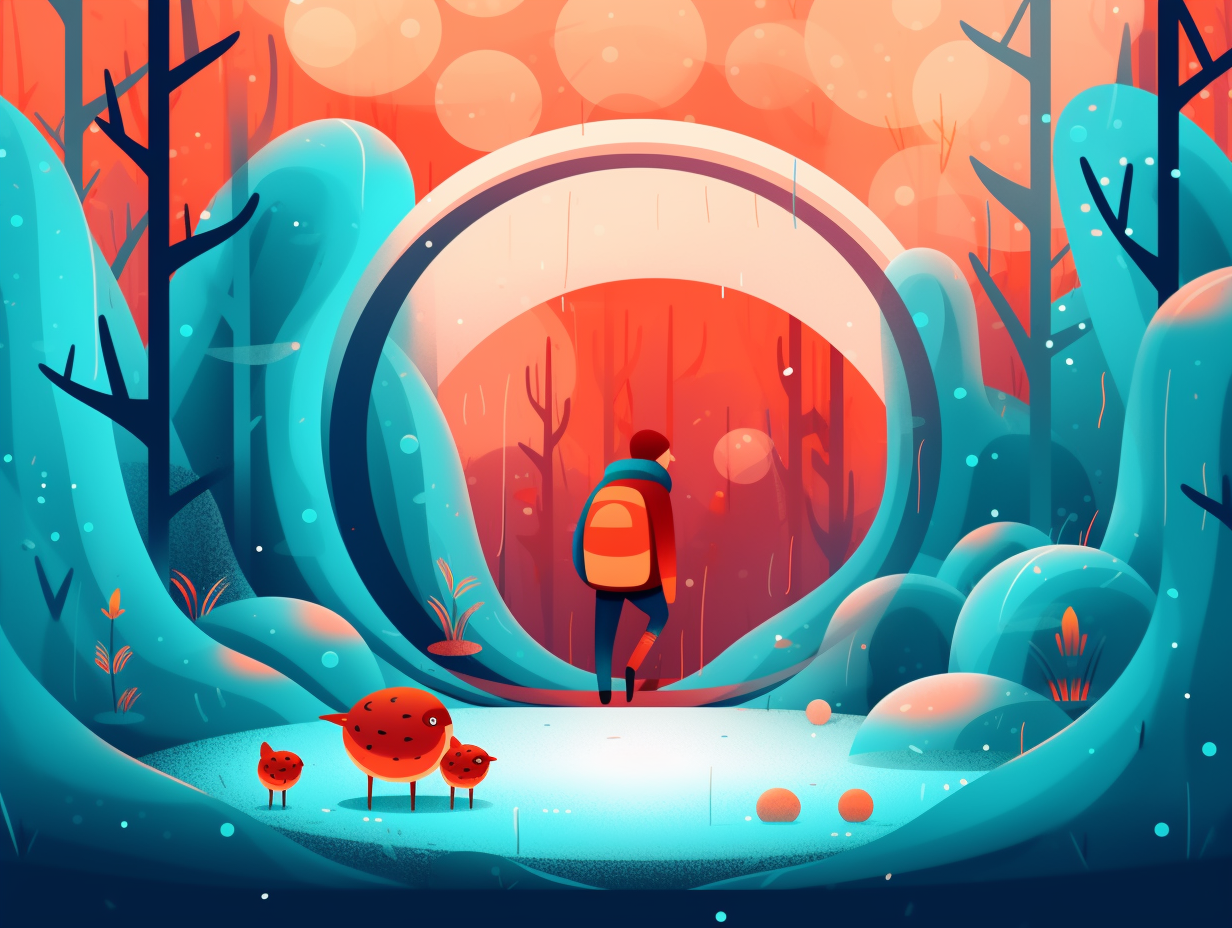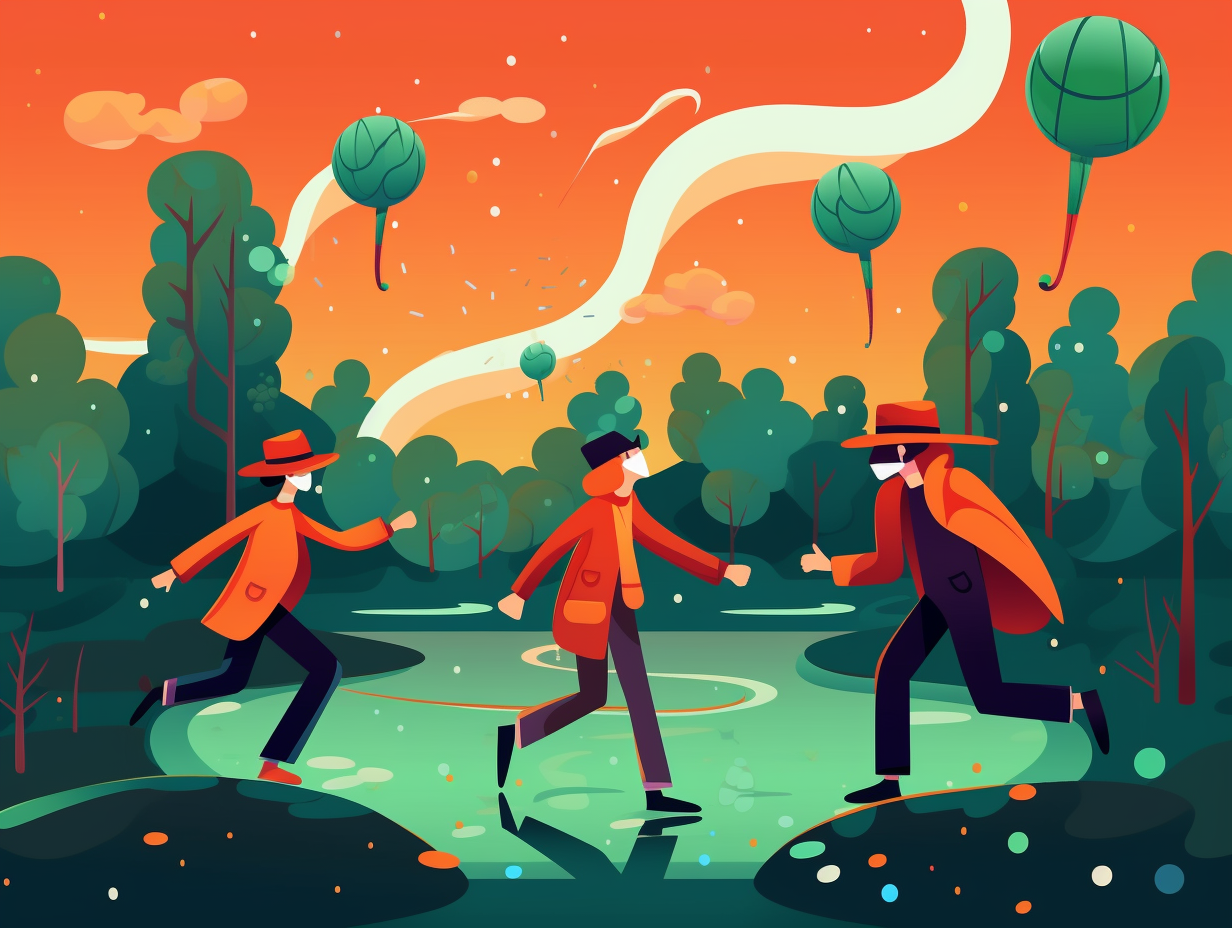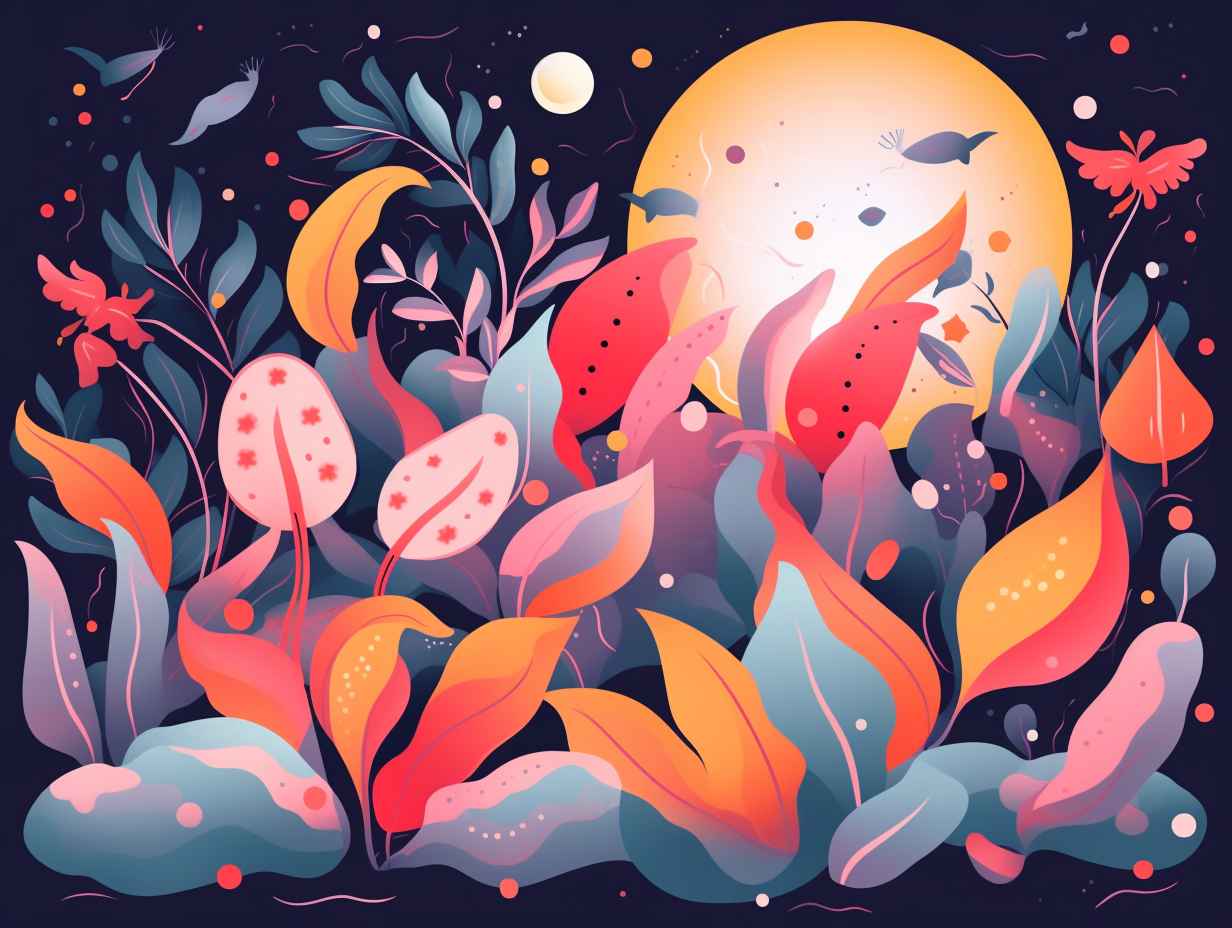Discover the Wild Side of Science: Top 9 Fun Facts About Animal Scientists You'll Surely Love!
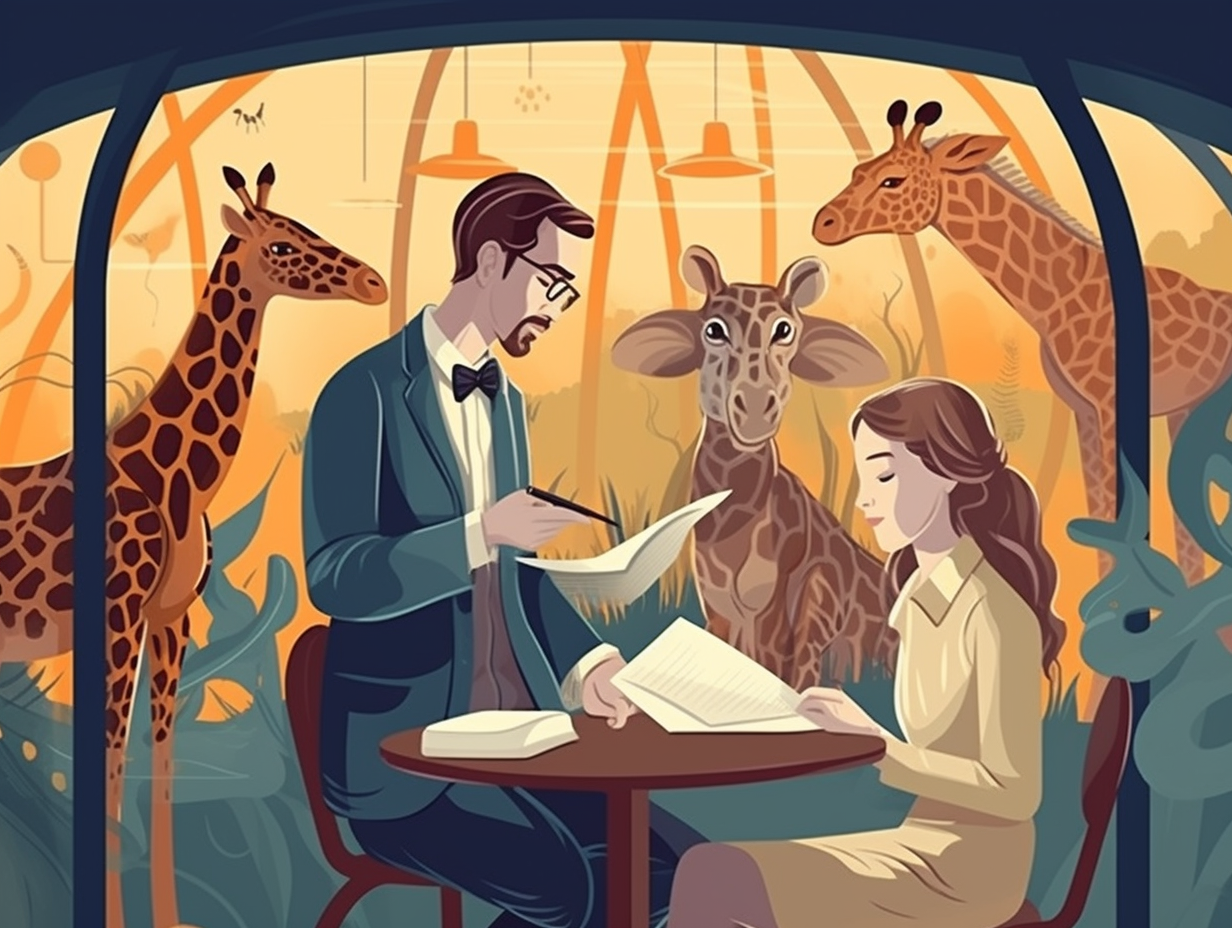
1. Sloth's Exclusive Guest List
Sloths debunking the Airbnb hype: Contrary to popular assumption, these lethargic tree-huggers host only a tightly curated group of invertebrate guests like sloth moths and scarab beetles, providing absolutely zero accommodation for cockroaches, worms, fleas, leeches, or ticks due to their low body temperature and unique circulatory system.
Source => slothsanctuary.com
2. Darwin's Personal Pigeon Pokémon
Who needs finches when you have pigeons in your backyard? It turns out that Charles Darwin's personal aviary was his real-world version of Pokémon: tucked away in his garden, he created a whirlwind of winged wonders by mixing and matching birdies with differing features. This resulted in an eye-catching collection of diverse beak shapes, leg lengths, and plumage worthy of a fashion runway: in truth, it was these domesticated darlings that played a pivotal role in shaping his theory of evolution by natural selection, far surpassing the significance of his famed Galapagos finch collection.
Source => nhm.ac.uk
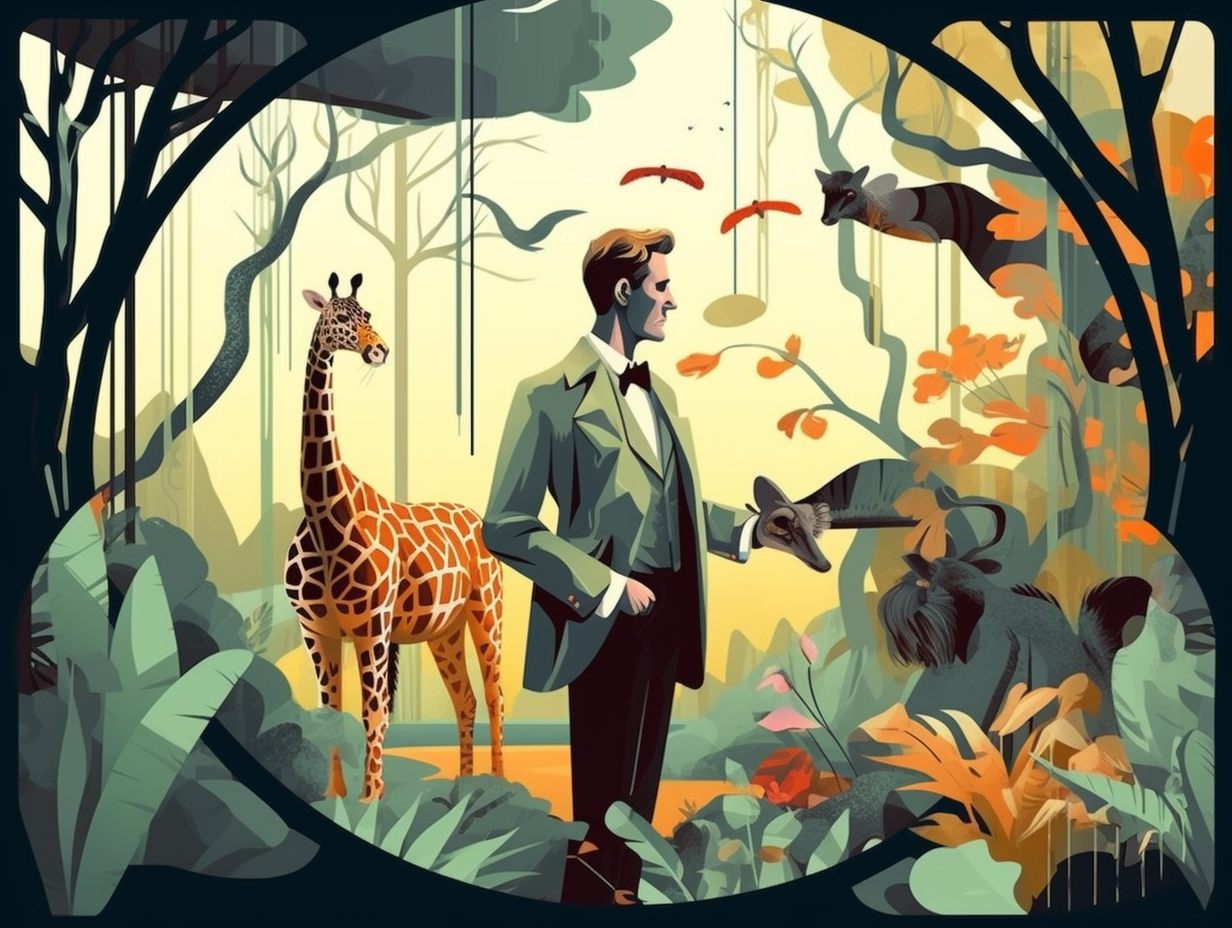
Did you know that love between different crocodile species is helping to save them from extinction? Discover the incredible story of Cuban and American crocodile hybrids and the wild matchmaking for panthers and cougars!
=> Fun Facts about Zoologist
3. Octopuses' Ink Lemonade
When life gives you lemons, octopuses make ink lemonade: These eight-armed masters of disguise rock three hearts and some ginormous brains relative to their body size, using their ink as a fancy escape tactic to throw off predators rather than to cover up their occasional mishaps.
Source => study.com
4. Owls' Knife-Sharpening Call
If you've ever wondered who's been sharpening their knives in the woods, join the hoot camp: it's the Northern Saw-whet Owl! These petite poultry make a sound so similar to a saw meeting a whetstone that it's enough to make a lumberjack blush: The Northern Saw-whet Owl earned its name from its unique call which imitates the noise of a saw being sharpened. Forest-loving, wide-eyed residents of North America, they can still be spotted in various regions of the continent, although their populations are facing a decline.
Source => abcbirds.org
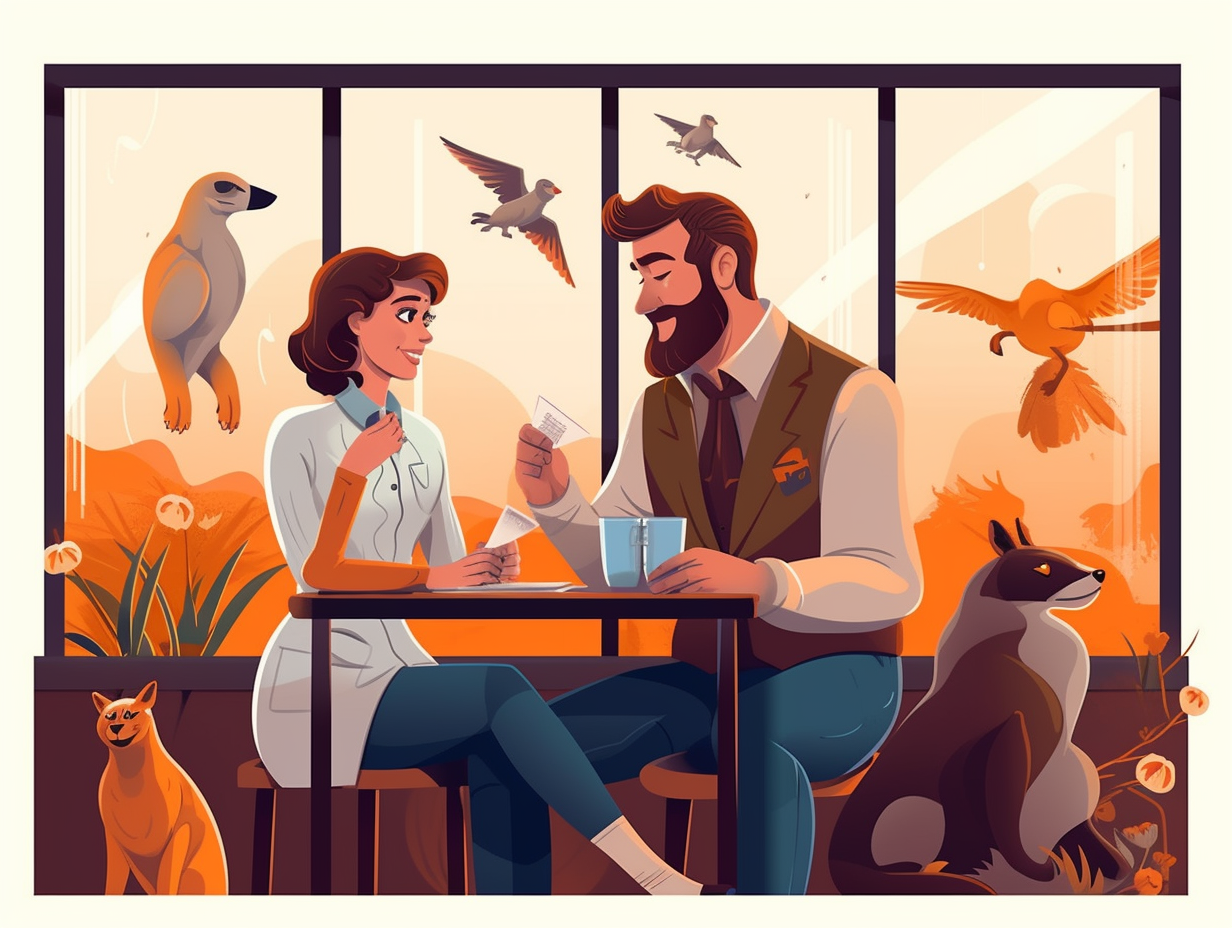
5. Peacock Spiders' Broadway Show
Move aside, Broadway! There's a new show in town, and it's starring our eight-legged friends with a serious flair for drama: Animal scientist Jürgen Otto has documented the captivating mating displays of peacock spiders, which showcase complex and seemingly surreal rituals that have not only become an internet sensation but also helped some arachnophobes conquer their fear of these tiny, inadvertently adorable stars.
Source => livescience.com
6. Elephants' Fine Dining Choices
Even elephants, it seems, have an appetite for fine dining: Researchers have discovered that wild African elephants make nuanced decisions about which paths to take, largely based on their preferred menu items. Using high-resolution Garmin GPS and satellite imagery, scientists found that bull elephants favor paths with Combretum and Cissus plants, while family groups go for Commiphora and Terminalia. And when dining with a larger party, these gentle giants choose paths with a mix of both culinary preferences, ensuring a satisfying feast for all. This fascinating insight could help conservationists predict human-elephant conflicts and work to protect crucial plant diversity.
Source => ox.ac.uk
7. Mantis Shrimp's Power Punch
Hold onto your shrimp cocktails, folks, because this punch packs a whallop: animal scientists have uncovered that the mantis shrimp's punch generates force equivalent to a .22 caliber bullet, making it one of nature's fastest and most powerful movements, even inspiring a team of Harvard researchers to create a robotic replica of its mighty appendage.
Source => arstechnica.com
8. Cows with Regional Accents
Who knew cows could have a drawl or even a posh accent? Well, saddle up, partner, because your herd might just be the talk of the farm: Animal scientists have discovered that cows can have regional accents unique to their herds, with linguistic variations in their moos, which farmers can identify based on their bond with the animals. This phenomenon has expanded our understanding of the amusing intricacies of bovine communication.
Source => theregister.com
9. Vampire Bats' Bloodsucking Buddy System
Fangs for the memories: Vampire bats show us that blood is thicker than water – and tastier too – by regurgitating and sharing their crimson meals with family members and even non-related buddies who have proven their loyalty. Animal scientists have discovered that these batty friendships follow a "raising-the-stakes" model, gradually increasing favors in a bloodsucking buddy system that wouldn't dare to take a bite out of us humans.
Source => nytimes.com
Related Fun Facts

